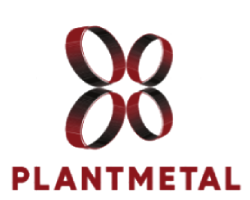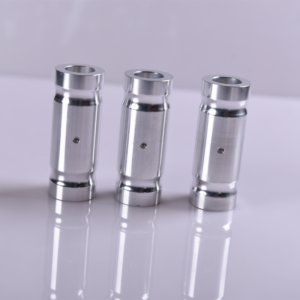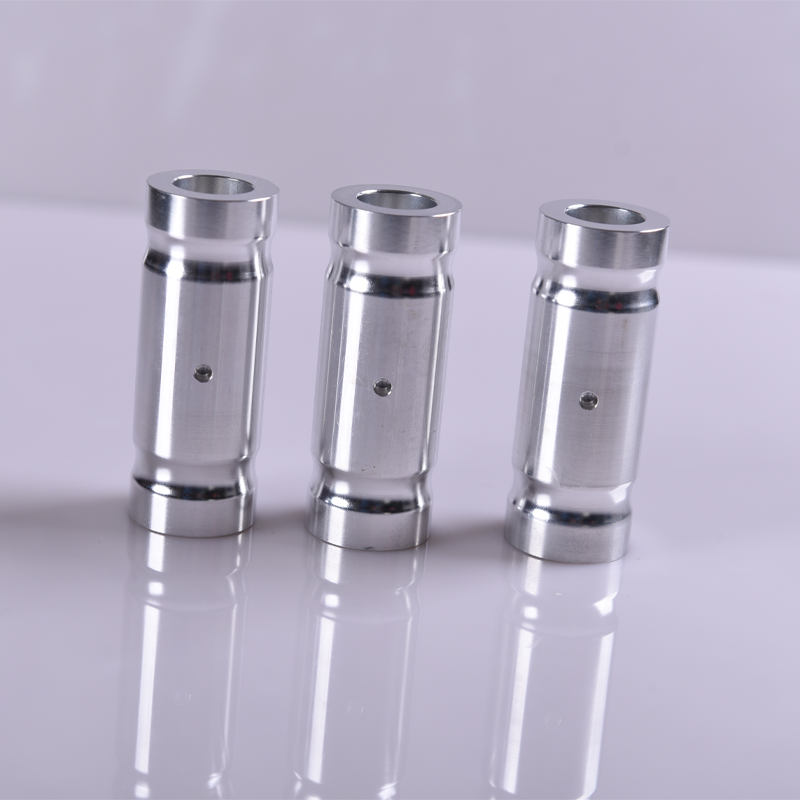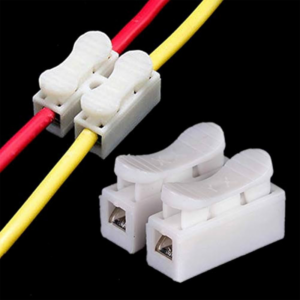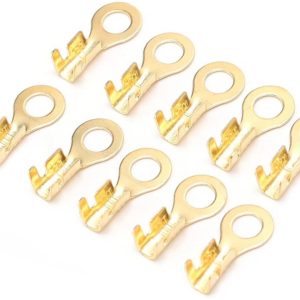Overview
ABB electrical control connection aluminum components are precision-engineered parts made from aluminum, designed to provide reliable and efficient connections in electrical control systems. These components are lightweight, corrosion-resistant, and offer excellent conductivity, ensuring stable performance in a variety of industrial and automation applications. Typically used for wiring and terminal connections, they are essential for optimizing signal transmission, power distribution, and overall system reliability. ABB’s high-quality aluminum connection components are built to withstand harsh environments while maintaining long-lasting durability and performance.

Specifications
Surface Treatments: Galvanized, nickel plated, black oxide, dacromet, chrome-plated, nylok, white washing, phosphate, gold plated, anti-corrosion coating, etc.
Sample Time: 7-12 days
Lead Time: 15-25 days
Payment Terms: T/T, L/C with 30% deposit, balance due before shipping
Packaging: Carton and pallet, customizable as per requirements
Delivery Methods: By sea or express

Custom Process:
Supply Requirements Assessment:
– Evaluate and determine specific product requirements as per customer specifications and preferences.
– Collaborate with customers to gather detailed information and ensure alignment with desired outcomes.
Sample Validation:
– Conduct thorough validation of product samples to verify compliance with customer expectations and quality standards.
– Ensure that samples meet all specified criteria before proceeding with mass production.
Production and Quality Assurance:
– Execute comprehensive production processes while adhering to established quality standards and protocols.
– Implement rigorous quality inspection procedures at every stage of production to maintain product integrity and consistency.
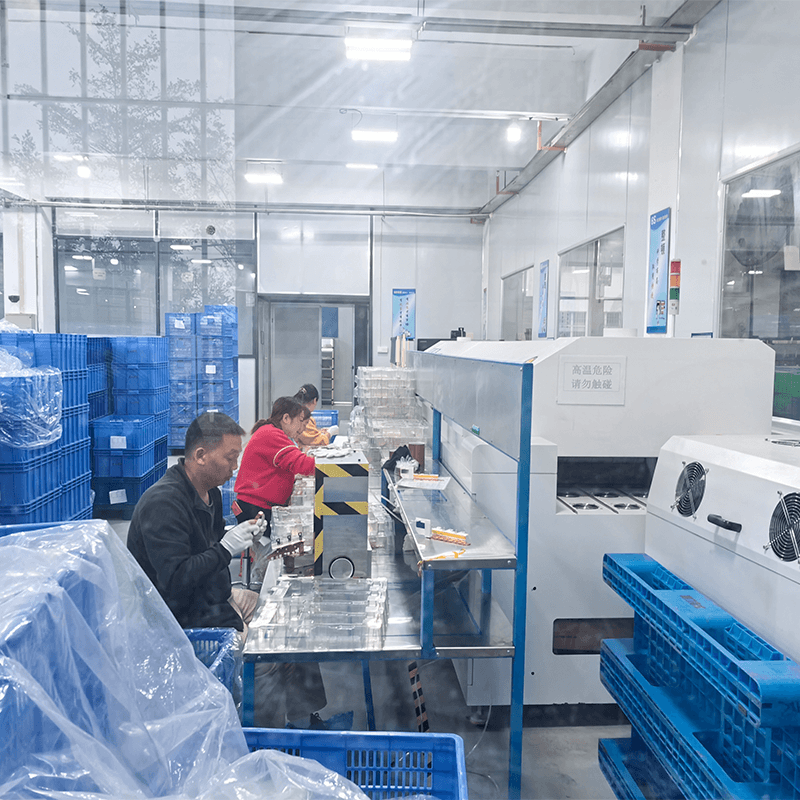
Packaging and Logistics:
– Strategically package finished products according to customer preferences and shipping requirements.
– Organize efficient shipping and logistics processes to ensure timely and secure delivery to customers’ specified locations.
Surface Treatments for Metal Stamping Parts
-
Electroplating
– Description: A process that deposits a layer of metal onto the surface of the part using an electric current. Commonly used for improving corrosion resistance and enhancing appearance.
– Types: Nickel plating, chrome plating, zinc plating.
-
Powder Coating
– Description: A dry coating process where powdered paint is electrostatically applied and then cured under heat. It provides a durable, high-quality finish with excellent resistance to scratches, chipping, and fading.
-
Anodizing
– Description: An electrochemical process that converts the surface of aluminum into a durable, corrosion-resistant layer. Anodizing also enhances appearance and can be dyed in various colors.
-
Plating
– Description: The application of a thin layer of metal to the surface of the part to improve wear resistance, reduce friction, or provide an aesthetic finish.
– Types: Tin plating, copper plating.
-
Spraying
– Description: A method where paint or protective coating is sprayed onto the part’s surface. This process is used for both aesthetic and protective purposes, offering a wide range of colors and finishes.
-
Oxidation
– Description: A chemical treatment that forms a protective oxide layer on the surface of metals, such as steel. It improves corrosion resistance and can provide a unique aesthetic finish.
-
Polishing
– Description: A mechanical process that smooths and shines the surface of the part. Polishing removes imperfections and enhances the visual appeal of the metal.
-
Sandblasting
– Description: A process that uses high-speed abrasive particles to clean or roughen the surface. It prepares the surface for further treatments or provides a textured finish.
-
Passivation
– Description: A treatment process that enhances the natural oxide layer on stainless steel to improve corrosion resistance. It involves soaking the part in a solution that removes free iron and other contaminants.
